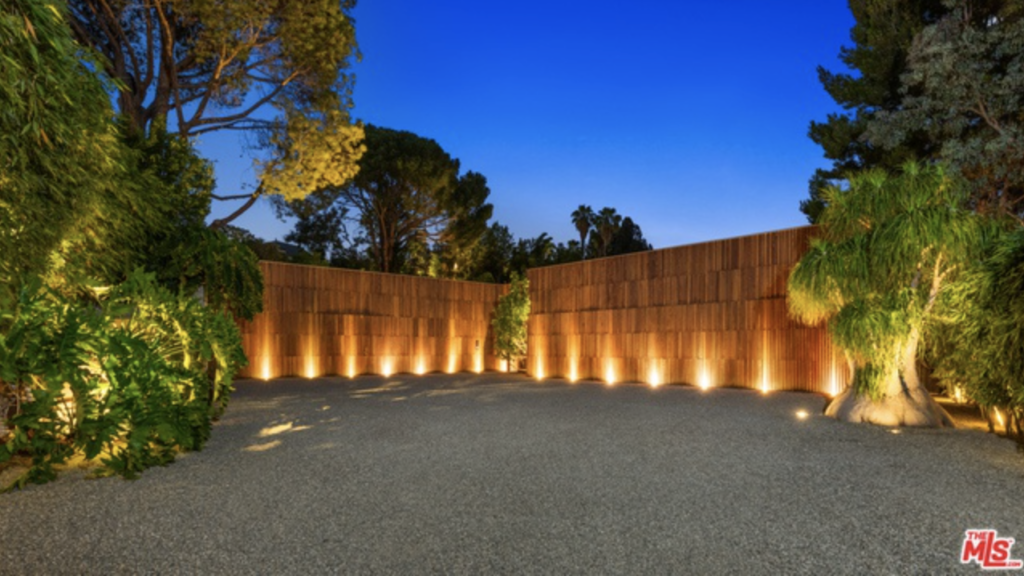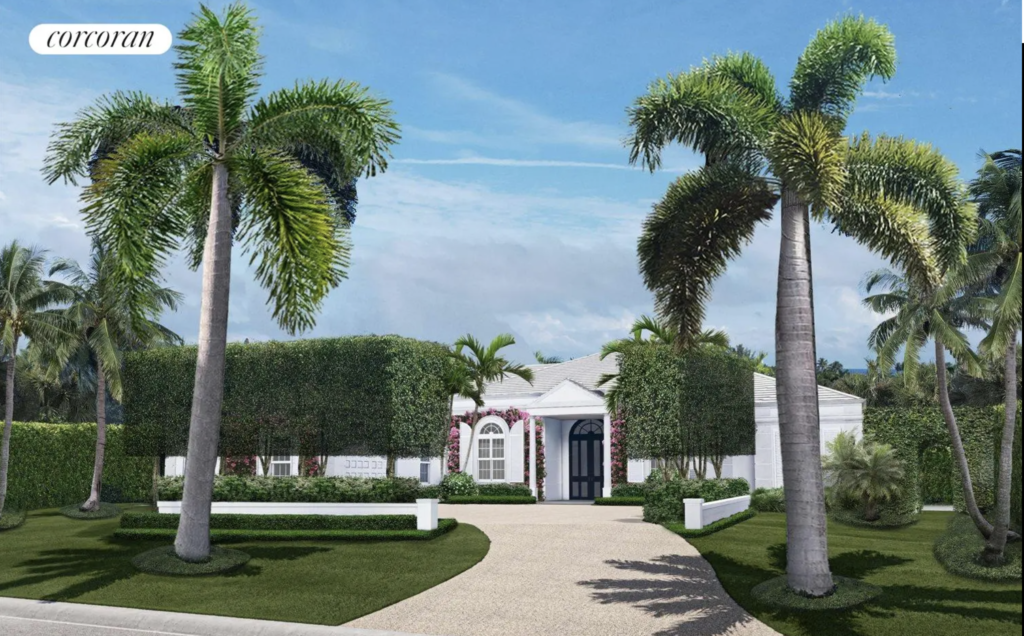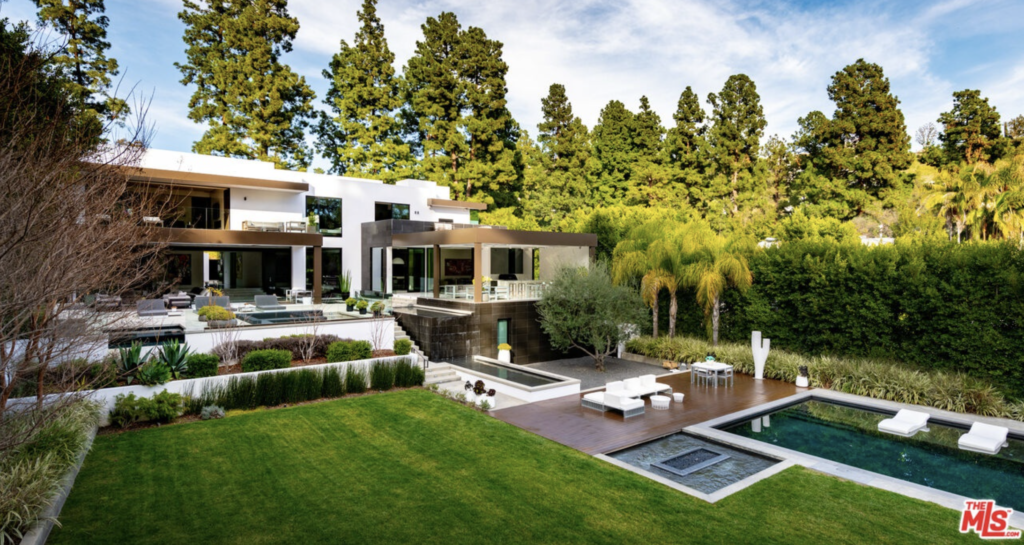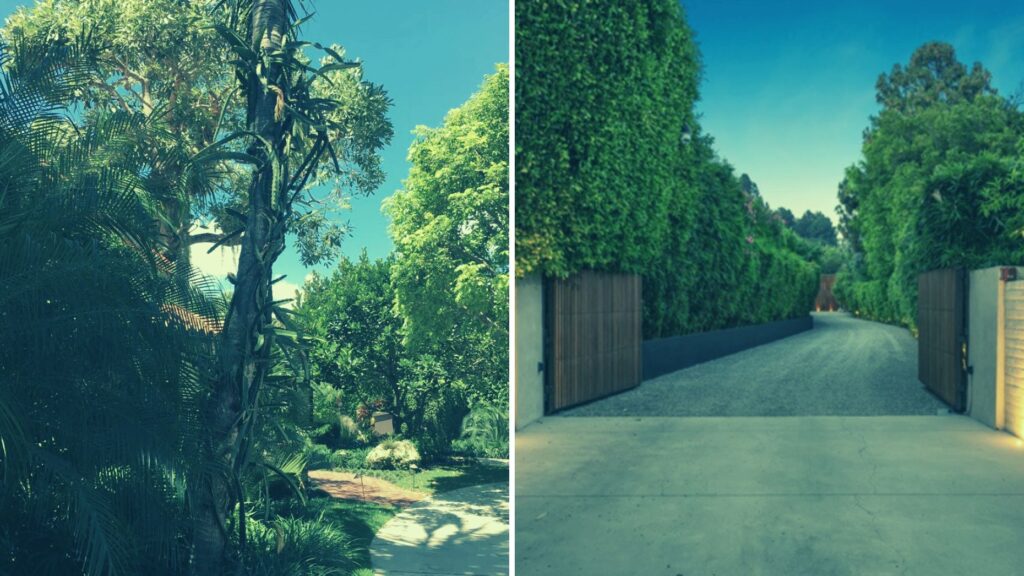Luxury real estate agents know that privacy can be a huge consideration for clients buying a home.
Man-made barriers like walls and fences can help provide seclusion, but nature’s bounty can do this just as well. With the right plants and landscaper, luxury homes can be made into a private oasis — but it’s not an affordable or necessarily easy process, and buyers can be very specific with their preferences.
As the gatekeepers to homes, real estate agents should have a basic knowledge of landscaping and how it can improve a home’s privacy, Corcoran Palm Beach agent Dana Koch told Inman.
Dana Koch | The Corcoran Group
“It’s so wacky, [but] the truth is, you kind of have to have a basic knowledge of it, because Palm Beach is, when you walk on a property, it’s very lush and green and people want to know, ‘What is that?’ So you have to have a basic knowledge, from palm tree knowledge to hedge knowledge …”
The type of plant, any city or neighborhood landscaping regulations and costs of initial setup and maintenance involved are all factors real estate agents may want to familiarize themselves with in order to better inform their clients about their private landscaping wish lists. Here are some of the top things agents with ultra-private clients may want to know.

Landscaping combined with a gated entry completely conceals this listing at 960 N Alpine Dr in Beverly Hills | Nest Seekers International
The best plants for privacy
There are several plants that can be used to give a boost to a property’s privacy, depending on the geographic region in which a home is located.
Different types of shrubs and hedges are a popular choice for their dense foliage and relative hardiness.
In warm climates like Palm Beach, Shawna Price, president of landscape and gardening company Garden Couture, said that the top hedge choice for the region today is the evergreen shrub podocarpus, which can reach 30 or 40 feet tall. Previously ficus hedges were the go-to, but all that changed when whitefly started infesting the shrub several years ago, and got out of hand to the point where now the town of Palm Beach no longer allows new ficus plants to be planted.
“That’s really the key thing in the town of Palm Beach, is the privacy, and they like their hedges,” Price told Inman. “Palm Beach is known for big hedges.”
In the Northeast, arborvitae and boxwood both make dense, versatile shrubs, with arbor vitae even having the ability to grow up to 70 feet tall. In Northeastern markets near the ocean, trees like Japanese black pine, cedars, junipers and bamboo all work well because their dense foliage is salt tolerant, Vickie Cardaro of Buttercup Design Group on Shelter Island told HGTV.
Meanwhile, in the ultra-luxury markets of southern California, plants like eugenia (up to 20 feet tall), Ficus Nitida (up to 30 feet tall), Alphonse Carr bamboo (up to 35 feet tall), cherry laurel (up to 40 feet tall) and Italian cypress trees (up to 60 feet tall), as well as different types of palms, are all popular landscaping choices because they provide significant coverage and can also thrive in the drought-prone region, according to Pacific Outdoor Living Landscape Design & Construction. A number of these plants also thrive in the Southwest for the same reason, namely, that they can withstand heat and drought.

A property with lush hedges at 233 Miraflores Drive in Palm Beach | The Corcoran Group
Regulations
Some new homeowners to an area may just assume that if they own a property, they can do whatever they want to it regarding the landscaping. However, that false assumption could cause homeowners a lot of headaches later on.
Upscale communities like Palm Beach have town codes for landscaping that homeowners and their real estate agents should familiarize themselves with, even though qualified landscaping companies will know these by heart.
“The town of Palm Beach has strict rules or percentages of green space versus hardscapes,” Price said. “They require a lot more landscaping than other municipalities.”
Landscapers themselves in the town are also only allowed to work certain restricted hours during the week in order to minimize disruptions to residents.
“Palm Beach is very well manicured,” Koch said. “We have a very stringent code enforcement board. So you’re required to keep things manicured and clean and trimmed. Even houses that get torn down, if you don’t build within a certain period of time, they make you grass over the entire lot with irrigation.”
Likewise, the town of East Hampton takes landscaping seriously, with a set of codes that dictate how to dispose of yard waste and restrict the use and type of leaf blowers. Different cities within Los Angeles County also have specific ordinances for what types of ground covering are permitted and over how much surface area of a property it is required, factors which are linked to maintaining a certain aesthetic within the community while also conserving water, due to the region’s drought issues.
Homeowners who live within a homeowners association or gated community will also likely need to abide by codes or regulations for property landscaping specific to the community.

Landscaping at 1231 Lago Vista Dr. in Beverly Hills makes for an entirely secluded backyard | Nest Seekers International
The costs
When luxury clients want something badly enough, cost is typically of no consequence. That’s a good thing when it comes to landscaping for a sense of seclusion and privacy, because the bill to curate and maintain private landscapes is no small thing.
“The average landscape job on a small house is going to be about $125,000 to start,” Price said.
The more mature — and therefore, larger — the plants that clients want installed, the pricier the job gets, Price added, because if really large plants are involved, her team has to bring in heavy equipment, like cranes, to install them.
“We do really large projects to the point where we will crane trees over homes, we crane hedges in the backyard, we will have to crane and put a machine in a backyard with a crane to do the projects and we do whatever it takes to get it done.”
Then, as far as maintenance goes, depending on how detailed the landscaping on the property is, monthly maintenance costs can run anywhere from $2,400 to $10,000, or more.
Bad weather as a result of global warming in traditional growing hubs across the country and nursery shutdowns as a result of the COVID-19 pandemic have also contributed to plant material shortages in the last few years. That means that landscaping companies also often have to ship plant materials from all parts of the country or even from the Caribbean, which also can add to costs.
“They’re bringing [non-indigenous] plants into the state, but it’s costing homeowners an arm and a leg to get things shipped,” Koch said. “Because, not only is it getting shipped, but you have all the interstate commerce, and you have to trade it, and it’s brought in on a [huge] truck.”
But at the end of the day, the ultimate privacy at home is priceless for some.
“The sky’s pretty much the limit with the landscaping we do here,” Price said.
Email Lillian Dickerson



 Are You Interested in West Eleventh Residences Miami?
Are You Interested in West Eleventh Residences Miami? Are You Interested in ONE Park Tower by Turnberry?
Are You Interested in ONE Park Tower by Turnberry? Are You Interested in Diesel Wynwood Condominium?
Are You Interested in Diesel Wynwood Condominium? Are You Interested in Five Park Miami Beach?
Are You Interested in Five Park Miami Beach? Are You Interested in Cipriani Residences Miami?
Are You Interested in Cipriani Residences Miami? Are You Interested in Bentley Residences Miami?
Are You Interested in Bentley Residences Miami? Are You Interested in Baccarat Residences Brickell?
Are You Interested in Baccarat Residences Brickell? Are You Interested in Aria Reserve Miami?
Are You Interested in Aria Reserve Miami? Are You Interested in 888 Brickell Dolce & Gabbana | Miami?
Are You Interested in 888 Brickell Dolce & Gabbana | Miami? Are You Interested in 600 Miami WorldCenter?
Are You Interested in 600 Miami WorldCenter? Are You Interested in HUB MIAMI RESIDENCES?
Are You Interested in HUB MIAMI RESIDENCES? Are You Interested in WALDORF ASTORIA RESIDENCES?
Are You Interested in WALDORF ASTORIA RESIDENCES?